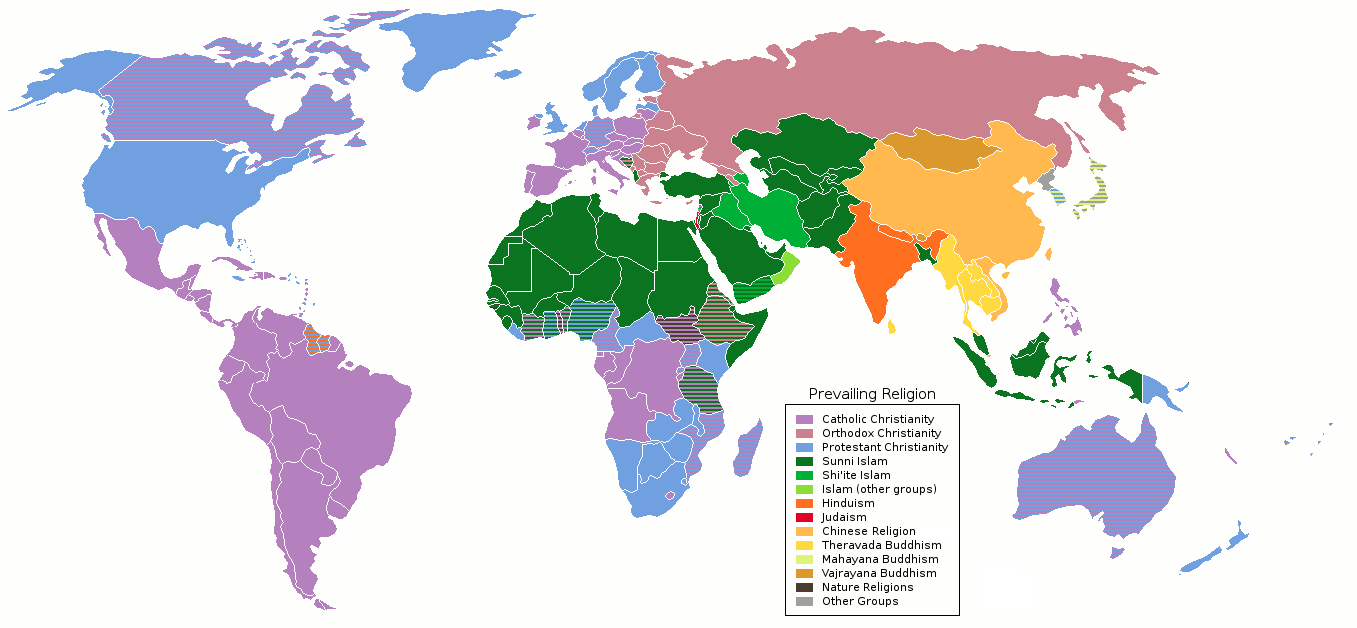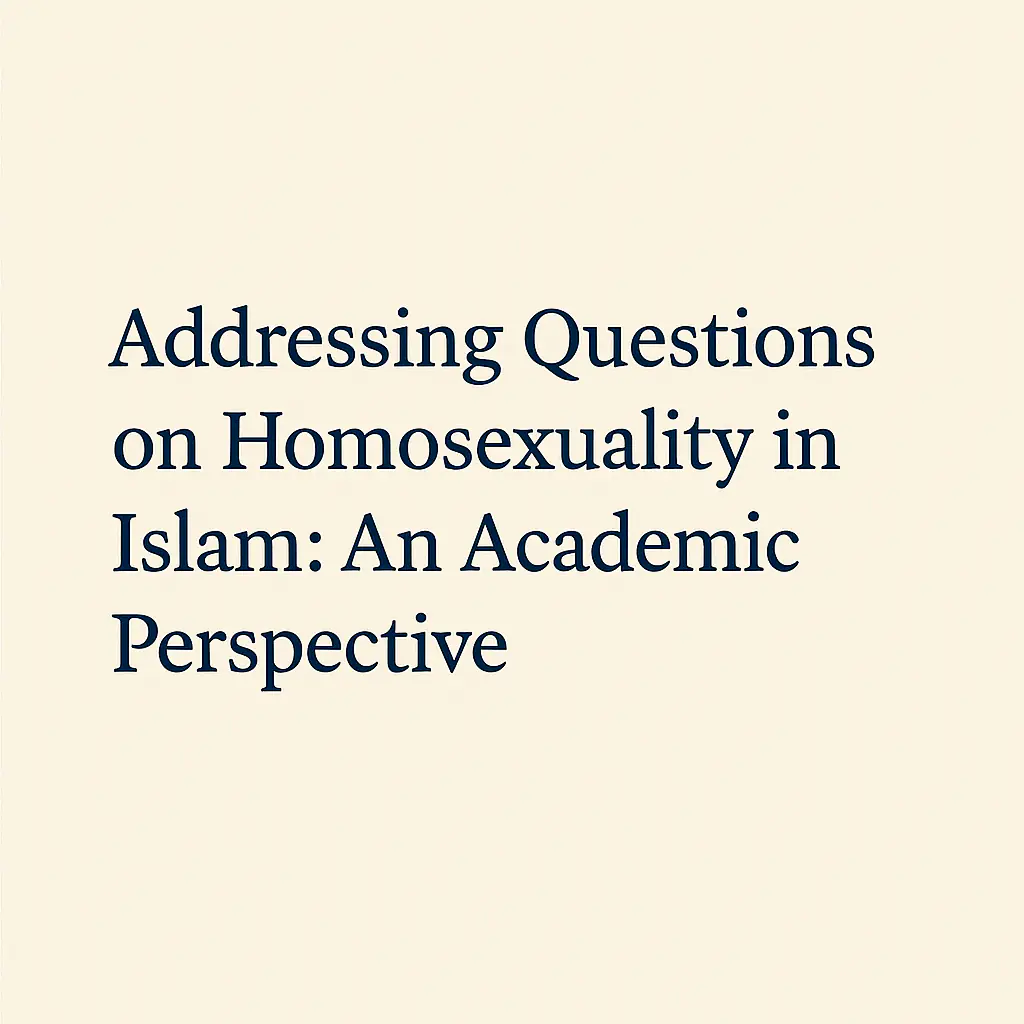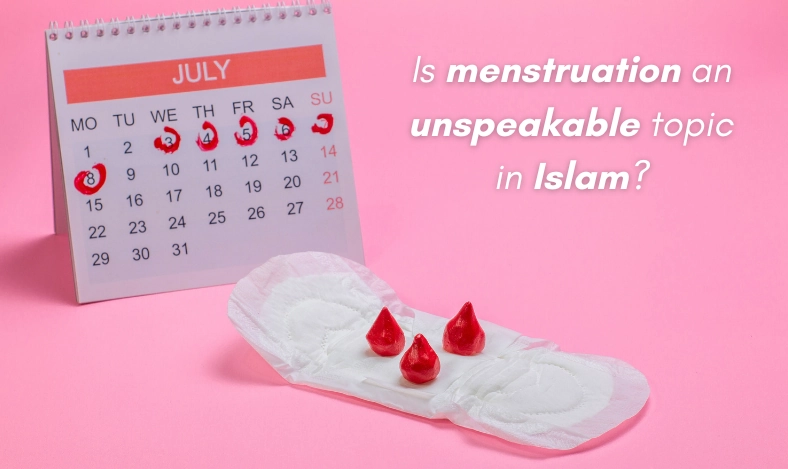Question
An atheist rendered me speechless while attempting to discredit the Holy Qur’an as an antiquated text filled with falsehoods, astaghfirullah. He cited Surah At-Tariq, verse 7, which seemed to trouble my mind. He argued that science has proven that reproductive fluid originates from the male reproductive system, whereas the Qur’an mentions fluid coming from between the ribs and the backbone. I hope my query is clear. Kindly elucidate verse 7 of Surah At-Tariq in sufficient depth to clear my confusion.
Answer
Salaam
Thank you for writing to us.
Many individuals, including Muslims, often misunderstand the expression “Bayn al-Sulb wa al-Taraaib” used in this verse of the Qur’an. These verses translated according to their context are as follows:
[If even this is not sufficient evidence,] then let a person only reflect on what he has been created from – from a spurting fluid that comes out from between the bones of the back and the chest. [If His Lord can create him in such a manner, then] surely, He can create him again.
Surah At-Tariq: 5-8
In our view, the context of this verse makes it evident that the phrase “between the backbone and the ribs/chest” is a euphemistic expression (Taltif/Tahvin) referring to the male sexual organ. The Qur’an has avoided explicit terminology out of decency, using this euphemism to indicate the source of semen. The context of this Ayah indicates that God is responding to the doubts about the possibility of the promised resurrection, expressed by disbelievers. When the Prophet Muhammad (peace be upon him) informed people that they would be resurrected after death to face the consequences of their deeds, they arrogantly rejected the idea of resurrection and the afterlife as impossible. They would ask how a man could be brought back to life after becoming dust and bones.
In these verses, the Qur’an not only addresses the question of the possibility of bodily resurrection but also subtly ridicules the arrogance of the disbelievers in rejecting the Prophet’s message. The Qur’an points out that if God could create man from a drop of emitted fluid, then why would it be difficult for Him to recreate man after death? This response reminded them that their origin is from a lowly and despicable material, a drop of semen, whose place of origin was not even worth mentioning in a decent conversation. Arrogance and haughtiness are unfitting for a creation originating from such material considered lowly by them.
The Qur’an employs a similar euphemistic style in another passage. In Surah Mumtahinah 60:12, the Qur’an states:
[Similarly] O Prophet! When believing women come to you to make a pledge [and promise] that they will serve no other deity besides God, will commit neither theft, nor adultery, nor murder their children, nor utter any false allegation related to what is between their hands and feet.
The expression used here “wala ya’teena bibuhtanin yaftareenahu bayna aydeehinna waarjulihinna” alludes decently to accusations related to sexual misconduct, such as adultery and sexual advances like kissing and caressing. This directive means that they will not falsely accuse anyone of sexual misconduct.
Thus Qur’an 60:12 euphemistically refers to the upper and lower organs of sexual attraction in a woman. The phrase “bayna shayin wa shayin” (between such and such) in Qur’an 86:7, as explained above, is similar to its usage in Qur’an 60:12. This Ayah does not speak of the emission of the male drop in strictly scientific terms and hence cannot be called unscientific.
This question also helps us comprehend the challenges of interpreting a literary text such as the Qur’an through a scientific framework. It is important to recognize that the Qur’an is not a compendium of scientific knowledge, nor does it claim to be. There is not a single instance in the Qur’an where it provides information about the physical, biological, or embryological world solely for the purpose of conveying scientific knowledge, as a scientific text typically would.
The majority of the physical phenomena mentioned in the Qur’an were already familiar to the Arabs during the time of the Prophet Muhammad (peace be upon him). It is well understood that an argument is more persuasive when both the speaker and the audience share a common understanding and agreement on the topic. When the audience is not at least vaguely aware of or does not believe in or agree with the information being presented, the argument is less likely to be compelling as supporting evidence.
I hope this helps.
Answered by: Mushfiq Sultan
Date: 2018-03-06









